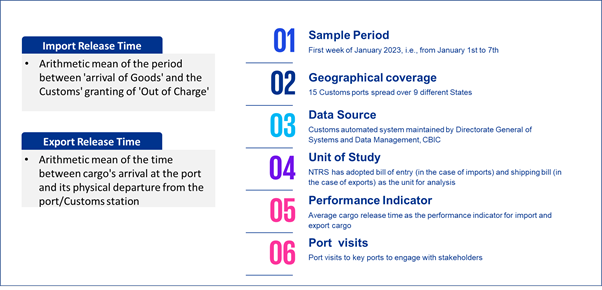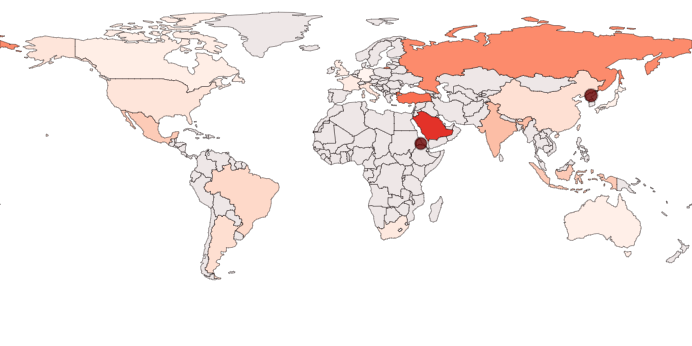Corruption Perception Index (CPI) 2023
India’s rank in the Corruption Perception Index (CPI) 2023 has slipped to 93 out of 180 countries, with a score of 39.
About Corruption Perception Index (CPI):
- It is an annual index released by Transparency International, a global civil society organisation.
- Since its inception in 1995, the Corruption Perceptions Index has become the leading global indicator of public sector corruption.
- The CPI ranks 180 countries and territories by their perceived levels of public sector corruption on a scale of zero (highly corrupt) to 100 (very clean).
- It uses data from 13 external sources, including the World Bank, World Economic Forum, private risk and consulting companies, think tanks and others.
- The scores reflect the views of experts and business people, not the public.
- Highlights of CPI 2023:
- CPI-2023 results show that most countries have made little to no progress in tackling public sector corruption.
- CPI global average score remains unchanged at 43 for the twelfth year in a row.
- Denmark topped the index for the sixth consecutive year.
- Somalia was ranked last, other countries occupying the bottom spots included: Venezuela, Syria, South Sudan and Yemen.
- India has tied with Maldives, Kazakhstan, and Lesotho to rank at 93 out of 180 countries. In 2022, India was ranked at 85.
- Pakistan scored 29 with a rank of 133 and China, scored 42 occupying rank 76.


